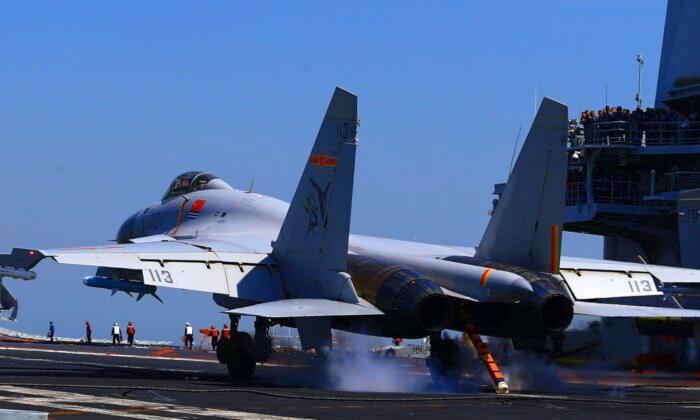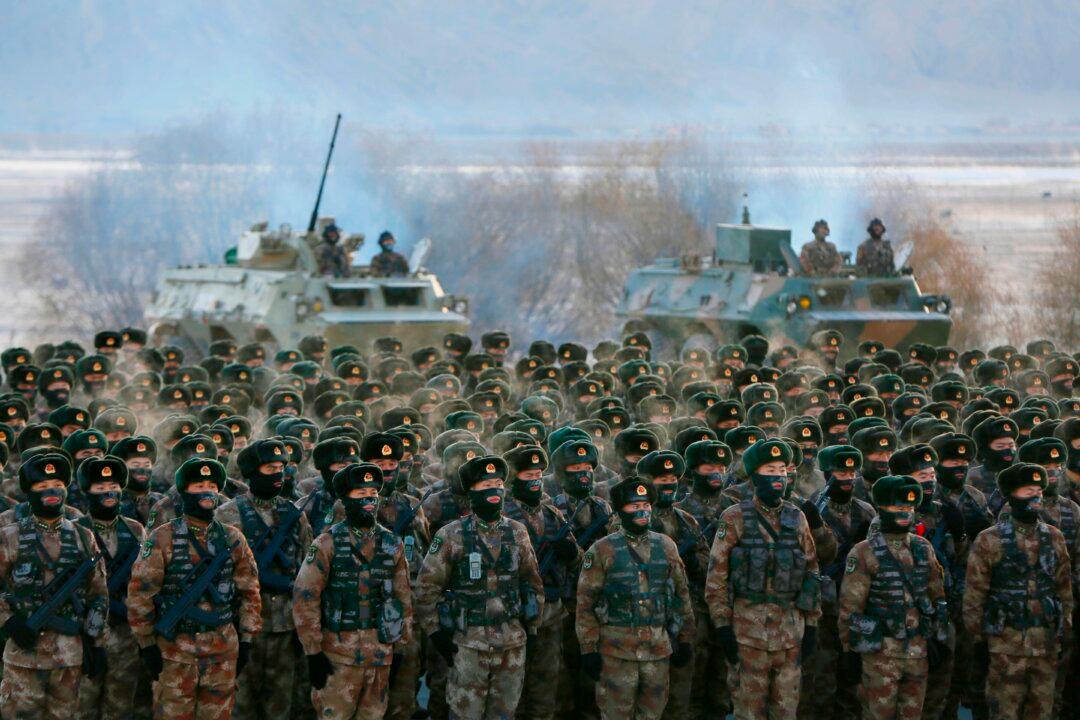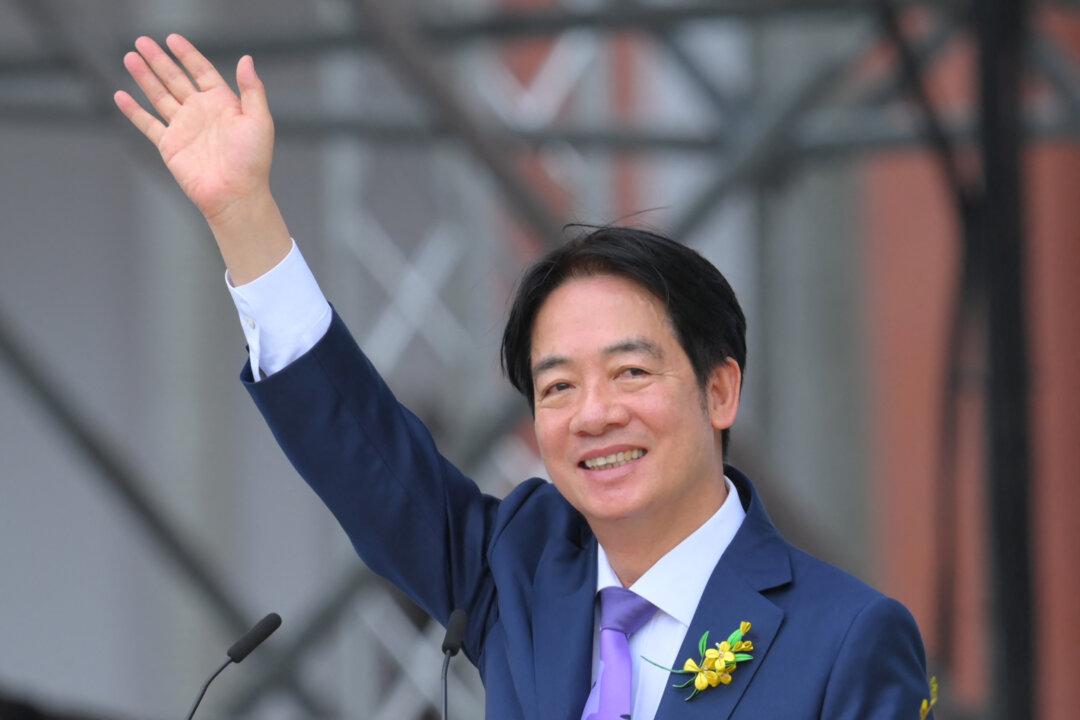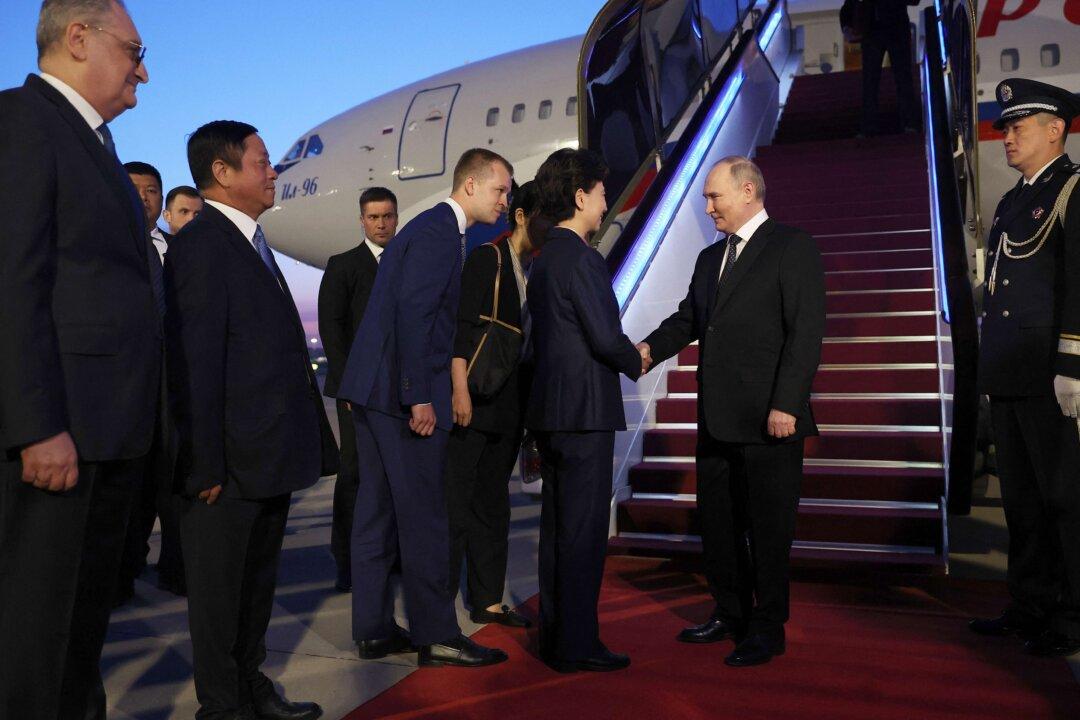How rapidly do great powers expand their military and economic capabilities? Faster than you think. There are numerous empirical examples from diplomatic and military history that capture how quickly things change for the great powers.
The United States is a great case in point.
The military history of the United States, as well as of other great powers, is replete with similar rapid and dramatic developments. The swift expansion of the U.S. military in both World War I and World War II are illustrations. During the Cold War, the U.S. Air Force’s quick development of the Strategic Air Command made it the premier nuclear deterrent force. The Soviets acted with the same immediacy in their creation of their Strategy Rocket Forces and development and widespread deployment of their Intercontinental Ballistic Missile (ICBM) force. Nuclear proliferation in the early nuclear age is another example, recalling that between 1945 and 1964, when the United States, Soviet Union, Great Britain, France, and China developed nuclear weapons.
The prodigious growth of China’s military indicates an urgency to possess a military that will support its global ambitions. We should not expect state power to remain constant. To the contrary, Beijing expects rapid changes in all aspects of state power—military, technological, economic, and political. Chinese leaders recognize that power can shift dramatically and suddenly in international politics. Indeed, it often has done so. The development of China’s nuclear arsenal and demonstration of new delivery capability through its tests should give its opponents pause. The People’s Liberation Army Rocket Force’s test of a Fractional Orbital Bombardment/Hypersonic Glide Vehicle system to the evident surprise of the U.S. Intelligence Community is an unfortunate reminder of the fluidity of global competition.

The fact that China has significant economic challenges, and growth has already slowed, should not dissuade the world that the Chinese regime is not a threat. Inevitably, China will suffer setbacks in the economic, political, and military realms. Major problems in the Chinese economy are myriad. There is the adverse health impact of COVID-19 domestically, as well as the adverse economic impact globally, which hurts China’s manufacturing. The Chinese economy has economic bubbles in real estate and industry, endemic corruption, a lack of transparency in the banking industry, a host of environmental concerns caused by prevalent pollution, overproduction in key areas of the economy, prodigious debt held by Chinese firms, and an aging population—all of which conspire to retard China’s growth. As a consequence, there is greater doubt about the ability of China to confront the United States due to likely economic downturn as a result of these domestic causes. Economic bubbles and structural and environmental problems are brakes on its economy.
However, due to Beijing’s hegemonic ambitions, China’s reduced growth is only likely to extend the time needed to equal, and then surpass, the economic, diplomatic, and military power of the United States. The deep causes of its prosperity remain in place, and so the Chinese economy is not Icarus—its descent from its dizzying highs of the last decades has not resulted in its collapse. It will continue to grow, and even at impressive rates, in the decades to come due to those deeper forces driving Chinese growth. The most important of which are its manufacturing efficiencies, the development of an internal market, and Beijing’s growing influence in global politics, which permits China to penetrate local economies, as well as the fact that the COVID-19 pandemic will be overcome due to vaccines and other public health measures.
Some perspective is necessary. Opponents of the Chinese regime should be cognizant of the fact that its difficulties pale in comparison to the Herculean challenges it has overcome in previous decades. No doubt, there is an economic downturn, but the economy will continue to expand in the long term. That wealth will continue to be siphoned off into the expansion of its conventional and strategic military power, its alliance relationships, technological development, and scientific achievement.





